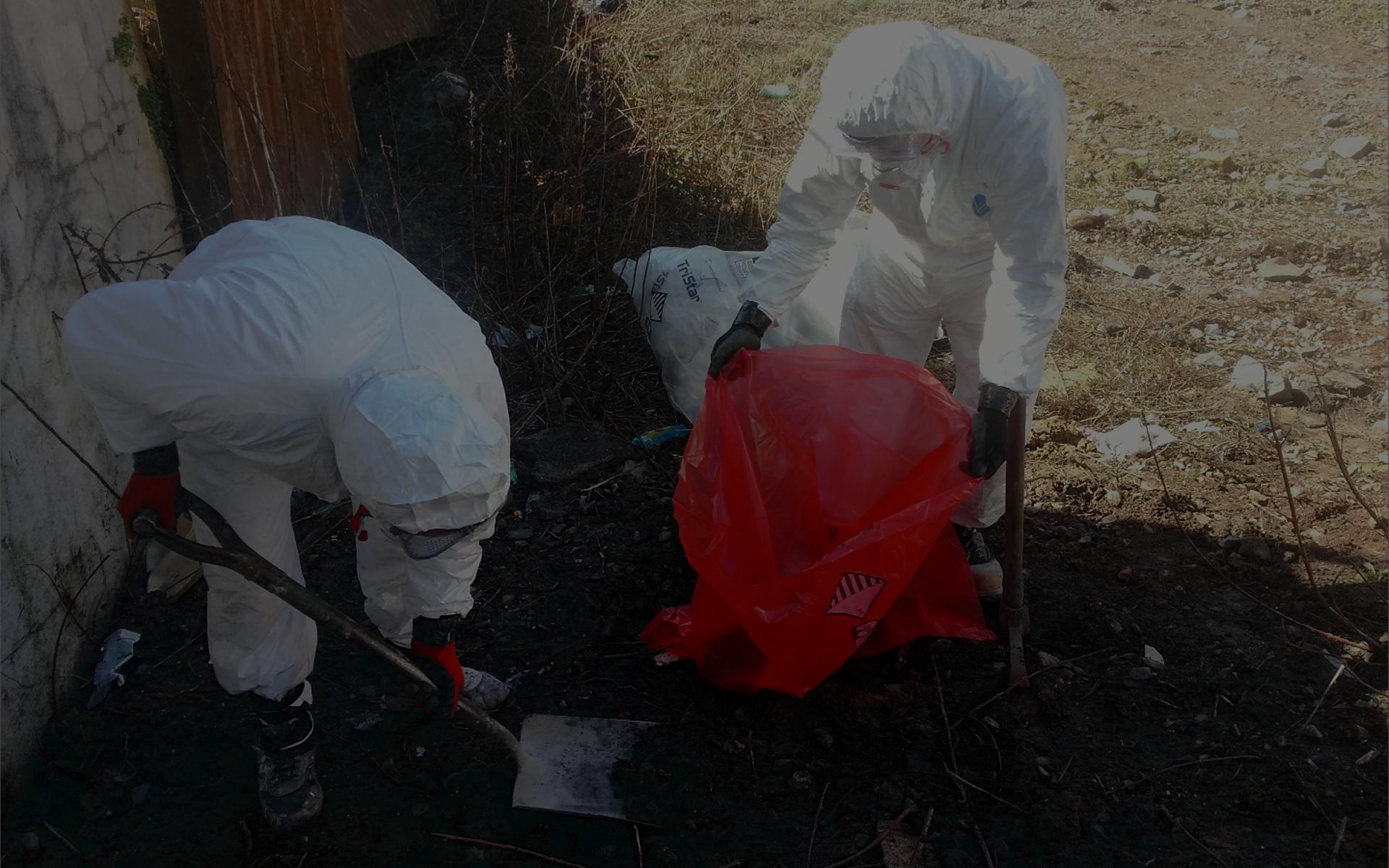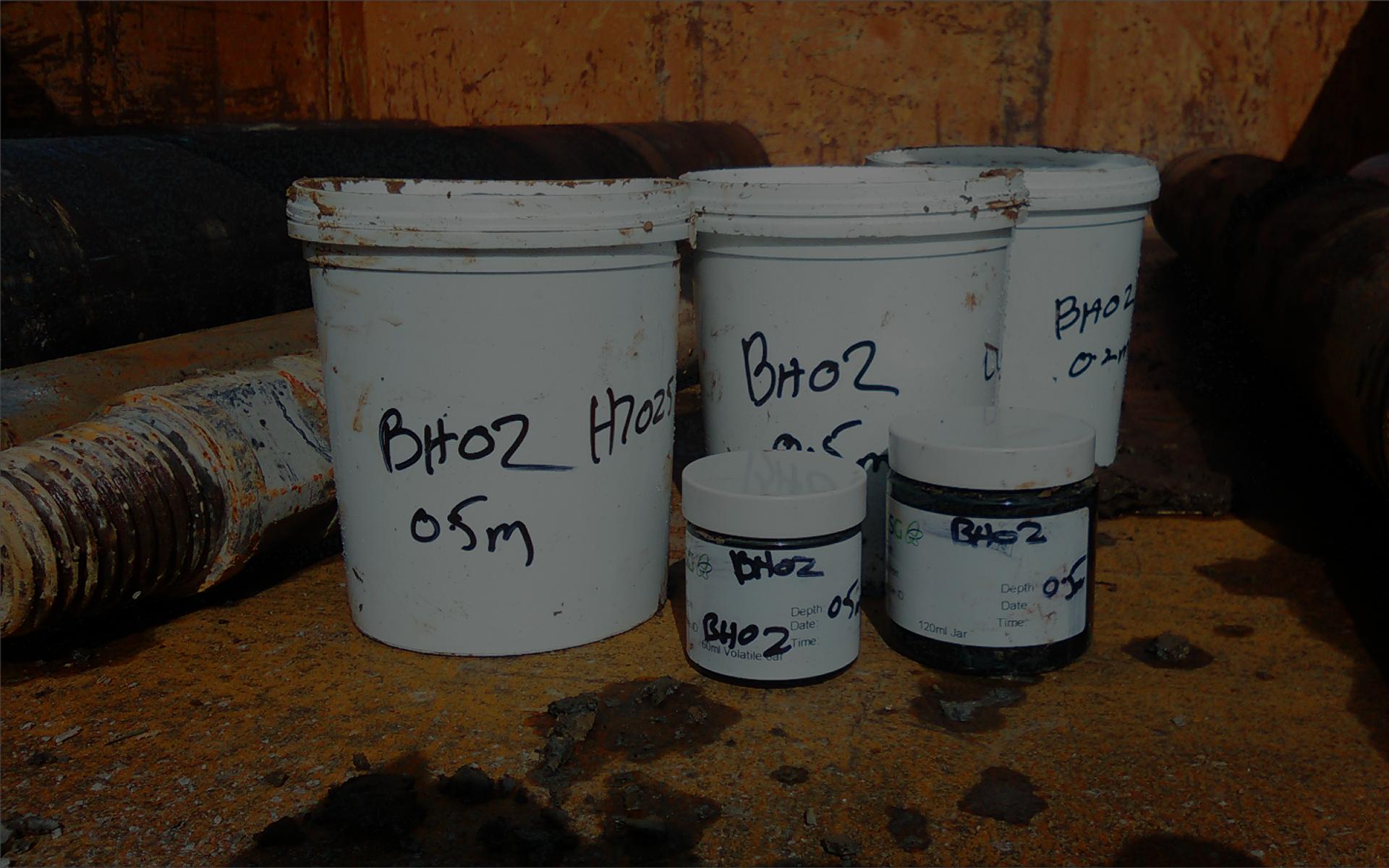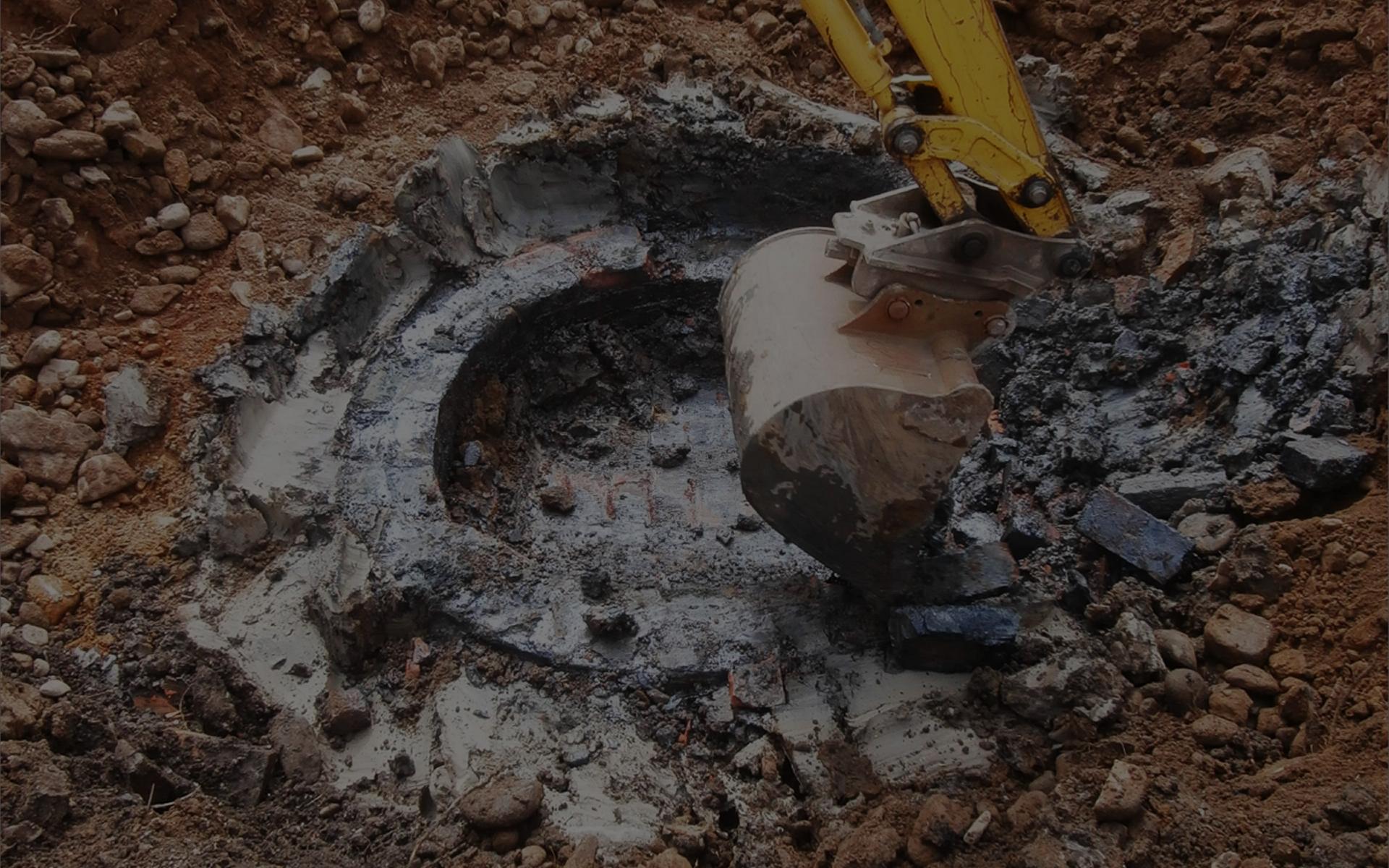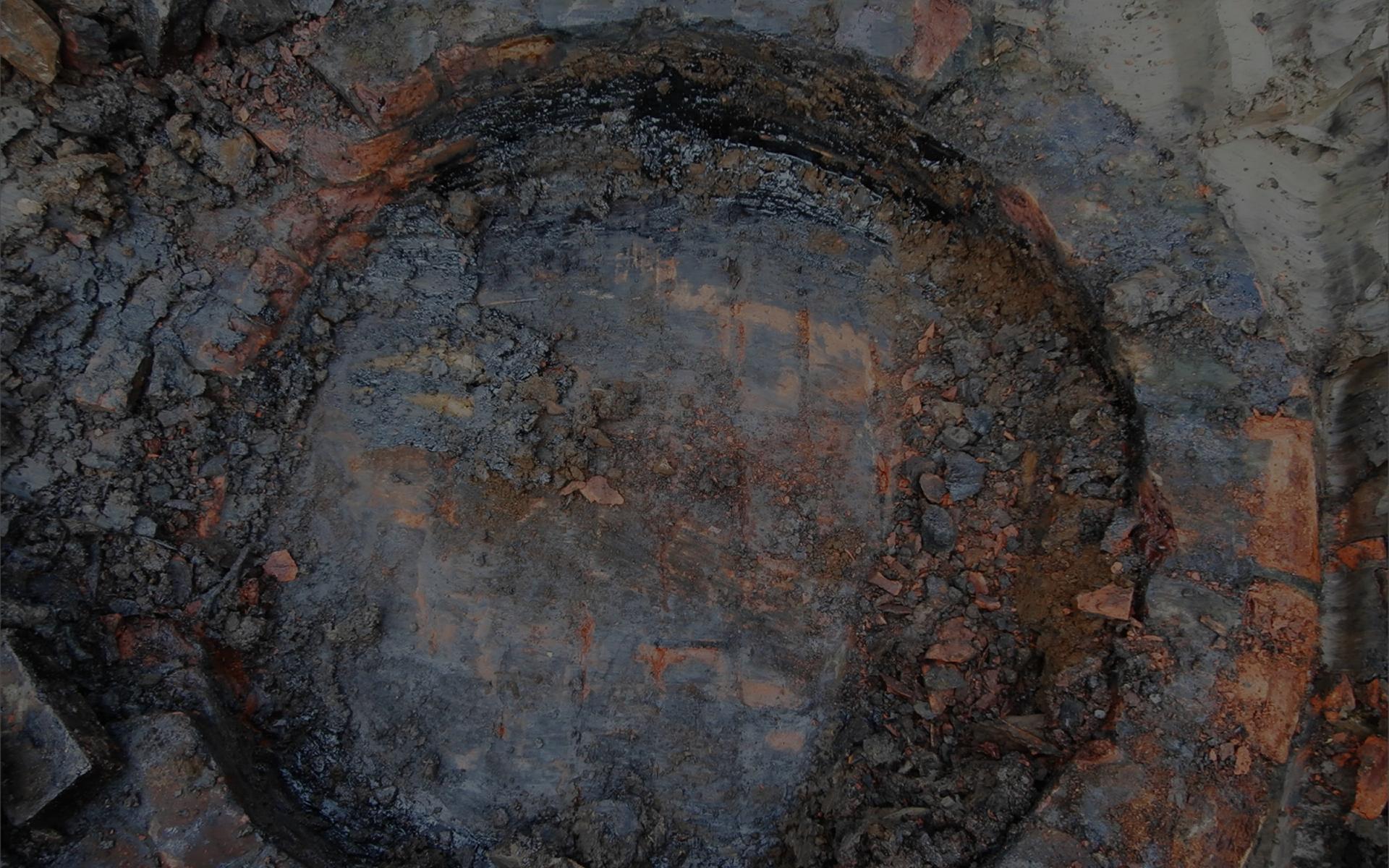The 1991 Environmental Protection Act requires Local Authorities to identify potentially contaminated land under their jurisdiction. Most Local Authorities have compiled lists to comply with the regulations. Land on these lists is not necessarily contaminated but the onus is on the owner/developer to prove this is not the case. In addition, testing soil samples for contamination may be a condition of certain institutional guarantee schemes. This may be required if houses are being built for resale anywhere, not only in areas of suspected contamination. Contaminated land planning conditions usually call for an initial desk study report (PHASE 1). This needs to include a conceptual model. Depending on the findings of the PHASE 1 report, an intrusive investigation to collect samples may be necessary (PHASE 2). In some case it may be better to do the PHASE 1 and the PHASE 2 together, but this needs the agreement of the L.P.A. I can take soil samples in suitable containers, arrange for their storage and their transport to a laboratory for testing, all in accordance with BS 10175: 2011. The laboratory used is MCERTS registered in accordance with Welsh LGA/ Environment Agency 2017 guidelines. The results of the testing can then be compared to the accepted levels for various land uses (generic assessment criteria). In the majority of cases these will not be high enough to be a barrier to development. If there are problems remediation may often be a financially viable option. If remediation is necessary I can arrange for the work to be carried out by specialist contractors. Alternatively, if legislation demands the use of licensed contractors I can also arrange this. The photographs above show asbestos removal on a site as well as coal tar well being removed from a site. Wherever possible, on site disposal is the preferred and cheapest option and will always be recommended if possible. This is of course dependent on the type, levels and extent of the contamination.







